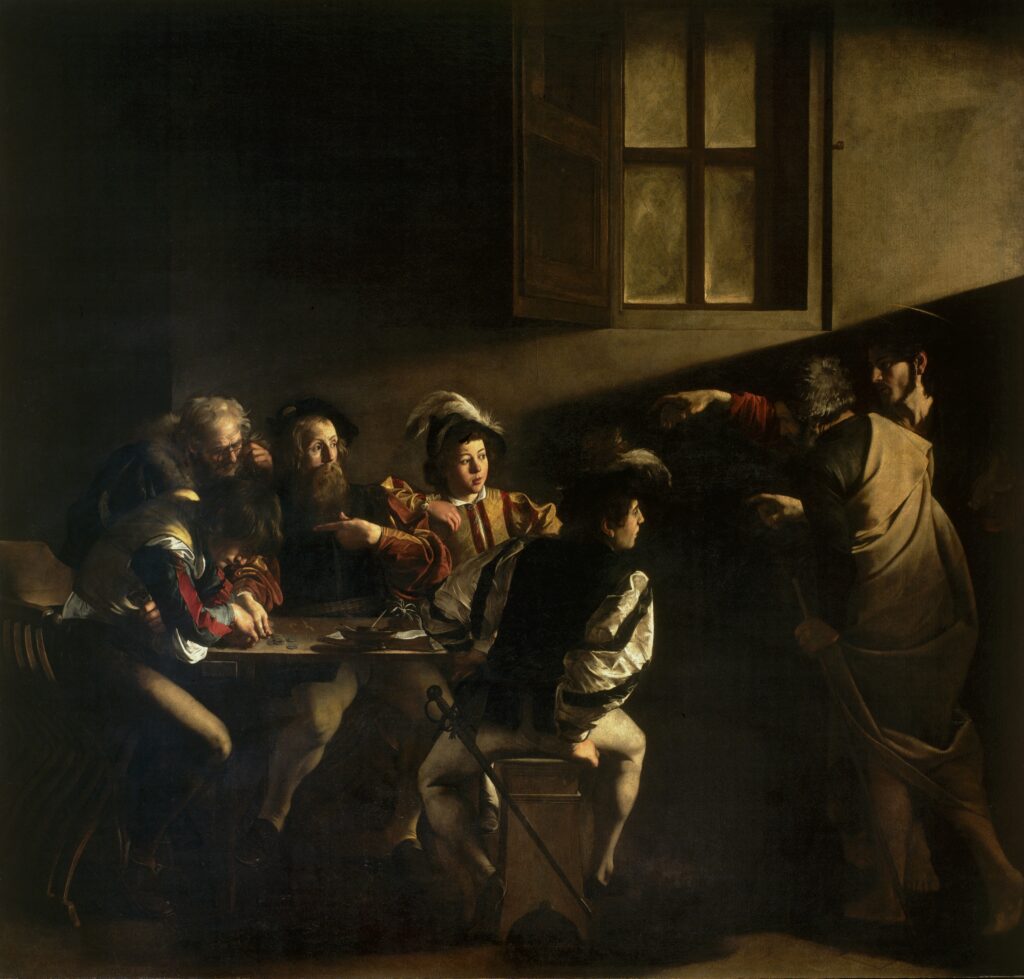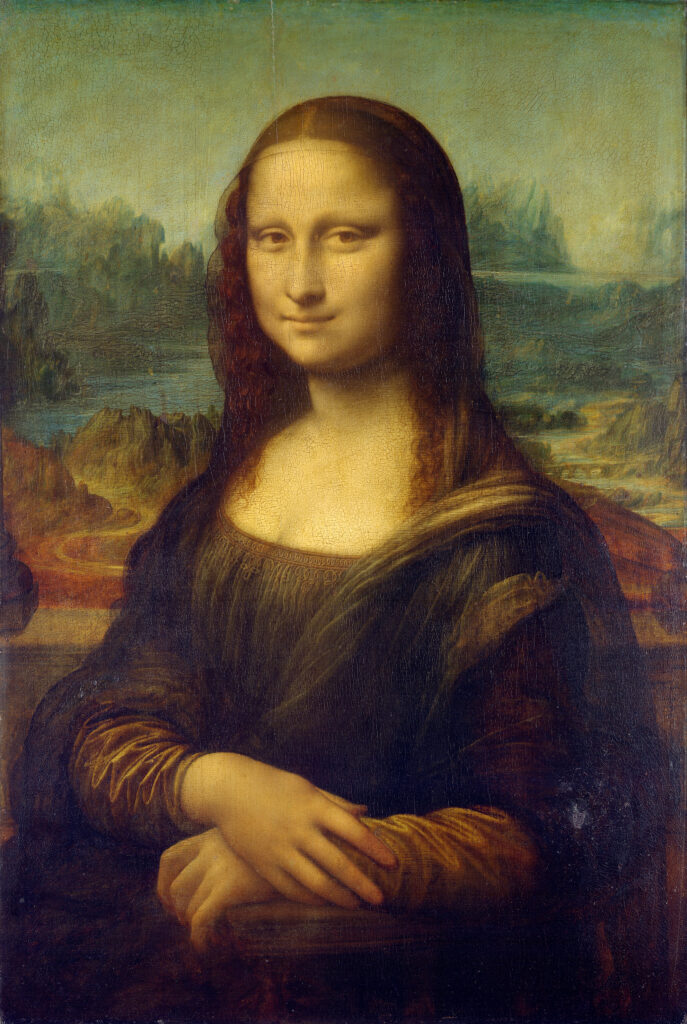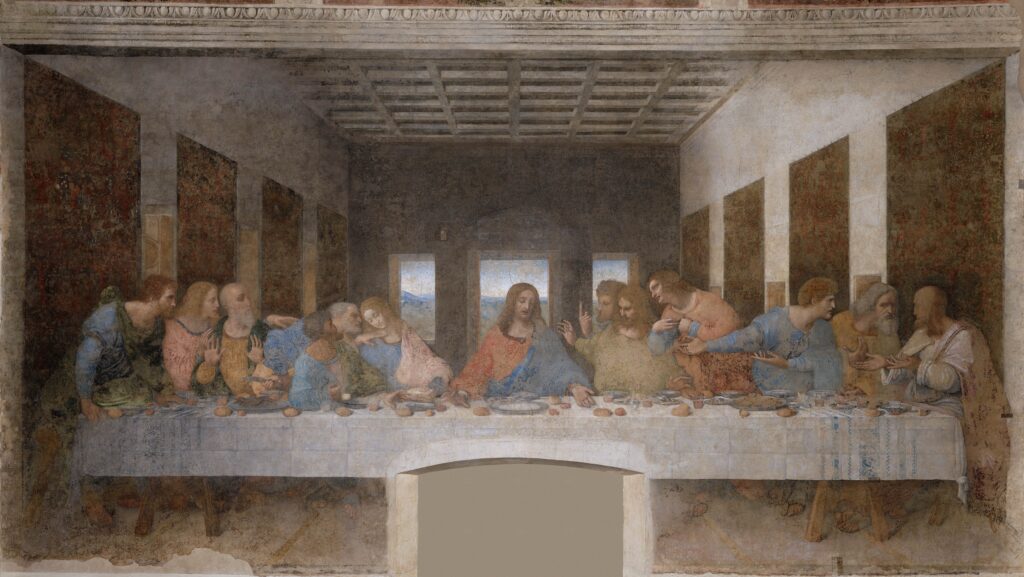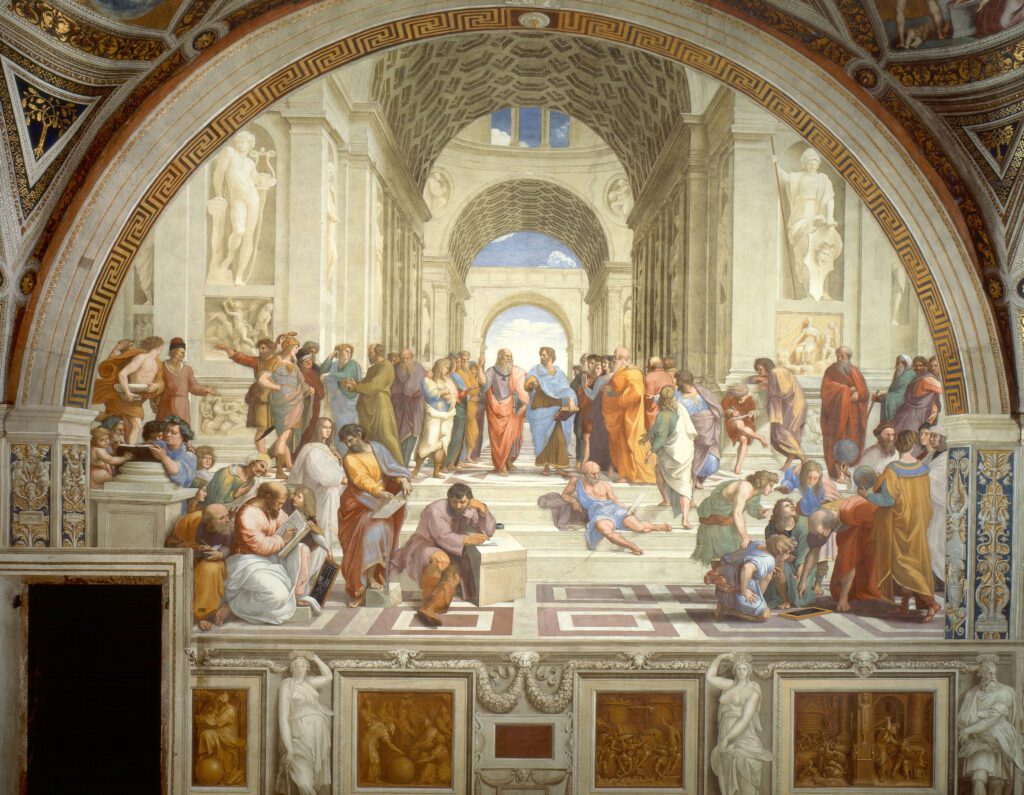Dive into the rich tapestry of Renaissance art techniques with our enlightening article. Discover the mastery behind chiaroscuro’s play of light, the ethereal sfumato in da Vinci’s works, the breakthrough of linear perspective, the timeless vibrancy of fresco, and the transformative use of oil paints. Experience the genius that propelled art into new realms of realism and expression.
Table of Contents
The Renaissance, a vibrant period of rebirth in arts and science, spanned roughly from the 14th to the 17th century. It marked a pivotal shift in artistic techniques and theories in Europe, particularly in Italy. This era celebrated the rediscovery of classical philosophy, literature, and art. Among its many contributions, the evolution of painting techniques stands out, significantly influencing how artists expressed human figures, landscapes, and narratives.
1. Chiaroscuro: Mastering Light and Shadow
One of the most influential techniques developed during the Renaissance is chiaroscuro, involving the use of strong contrasts between light and dark to achieve a sense of volume in modelling three-dimensional objects and figures. This technique helped artists like Leonardo da Vinci and Caravaggio bring dramatic intensity to their subjects, enhancing the emotional depth and realism of their paintings.

The Calling of Saint Matthew By Caravaggio: This painting is a prime example of chiaroscuro, using stark contrasts between light and dark to draw attention to the figures and highlight the dramatic moment of Matthew’s calling.
2. Sfumato: The Art of Softness
Leonardo da Vinci also perfected the technique of sfumato, characterized by the soft, gradual transition between colors and tones. This technique is particularly notable in the famous “Mona Lisa,” where the enigmatic smile is partly created by the hazy, almost imperceptible transitions between light and shadow on the face of the portrait, giving an illusion of depth, volume, and form.

“Mona Lisa” by Leonardo da Vinci: Perhaps the most famous example of sfumato, the gentle gradations of tone in the Mona Lisa’s face create her famously enigmatic expression.
3. Perspective: A New Way of Seeing
The introduction of linear perspective revolutionized Renaissance art, providing a mathematical approach to depth and space on a flat surface. Artists like Filippo Brunelleschi and Piero della Francesca mastered this technique, which involved a vanishing point. This method allowed artists to create an illusion of space and depth, making the artworks more realistic and engaging.

By Leonardo da Vinci – High resolution scan by http://www.haltadefinizione.com/ in collaboration with the Italian ministry of culture.
“The Last Supper” by Leonardo da Vinci: This masterpiece illustrates the use of linear perspective with all elements of the composition converging at a single point behind Christ’s head, creating a remarkable sense of depth.
4. Fresco: Painting on Plaster
Fresco painting was another pivotal technique refined during the Renaissance. Artists like Michelangelo and Raphael painted on wet plaster, a method that allowed colors to become embedded in the wall, creating vibrant scenes that were durable and luminous. The Sistine Chapel’s ceiling, painted by Michelangelo, exemplifies the stunning use of fresco and the artist’s mastery of human anatomy and composition.

“The School of Athens” by Raphael: Located in the Vatican’s Apostolic Palace, this fresco showcases a magnificent representation of space with figures arranged in a convincing architectural setting that recedes into the background.
5. Oil Painting: Enhanced Brilliance and Texture
Though not invented during the Renaissance, oil painting was brought to new heights of artistry during this period. The technique spread from Northern Europe to Italy, largely due to its versatility and the rich, vivid color it provided, which was much more adaptable than the previously favored tempera paints. Artists like Titian used oil paints to create compositions that were rich in texture and depth.

“Assumption of the Virgin” by Titian: This painting uses oil to achieve vibrant colors and detailed textures, showcasing the material’s versatility and Titian’s skill in layering and blending.
Conclusion: Legacy of Innovation
The Renaissance was more than just a period; it was a movement that encapsulated the flourishing of ideas and techniques that expanded the possibilities of art. The mastery of light, shadow, perspective, and new painting mediums not only enhanced the visual impact of art but also influenced countless artists in the centuries that followed. The legacy of Renaissance art techniques continues to inspire and instruct even in the contemporary artistic landscape.
Exploring these techniques offers us not only a window into the artistic mind of the Renaissance but also teaches us about the interplay of science and art, and how both can elevate our understanding of the world and our place within it. Each painting from this era not only depicts a scene but also tells a story of innovation, exploration, and human curiosity, reminding us that art is not just seen—it is experienced. For a further exploration of how individual artists have revolutionized the way we perceive art, delve into the life of Frida Kahlo: A Revolutionary Artist Beyond Her Canvas.
